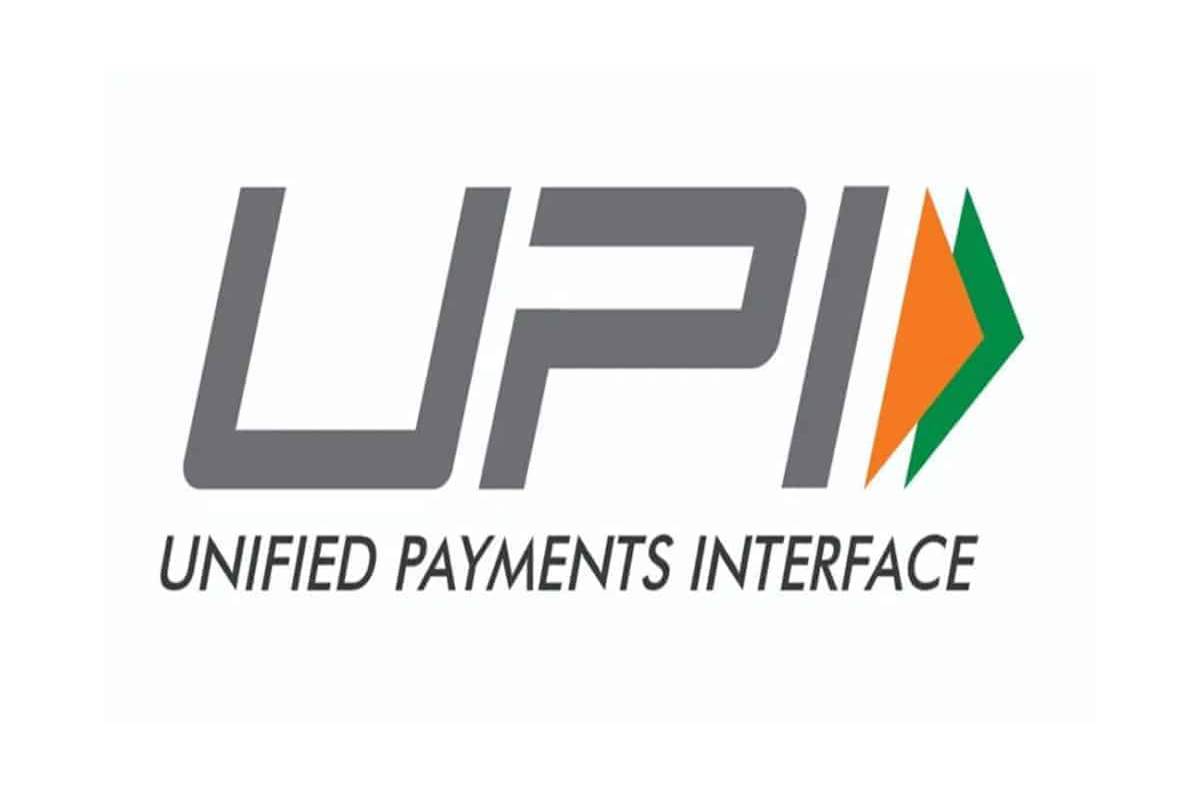Using India’s 2016 launch of the Unified Payments Interface (UPI) as a natural experiment, a research paper brought out analyses whether the public provision of digital payment infrastructure combined with Open Banking enhances access to credit. UPI is the earliest implementation of an open-banking-based payment infrastructure that is free for customers and enables them to create verifiable digital financial footprints in real time. Importantly, customers own their data and can share their UPI transaction history across financial intermediaries.
In fact, the paper establishes five main findings. First, UPI significantly expanded consumer credit access, both on the intensive (included borrowers) and extensive (excluded borrowers) margins, particularly for traditionally underserved borrowers. Importantly, credit increases for both the incumbent banks and the new entrants (fintechs).
Advertisement
Financial inclusion improves particularly benefiting marginal borrowers such as subprime and new-to-credit borrowers (i.e., borrowers who did not have access to formal credit markets earlier). Second, Fintech lenders led the credit increase to new-to-credit borrowers, especially in ex-ante financially excluded regions. Third, an alternative empirical design, using the 4G launch of a major mobile phone operator that significantly reduced internet data costs, corroborates these findings and underscores the importance of digital inclusion in expanding financial access. Fourth, using detailed loan-level data from one of the largest fintech lenders, the paper pinned down an important mechanism: lenders use UPI transactions in their credit assessment and approval decisions.
Finally, it found that the credit increase is not accompanied by any discernible increase in default rates. Overall, the study highlights how Open Banking, combined with public digital payments infrastructure, can expand credit access. It is the first large-sample study to examine the impact of Open Banking through open, publicly funded digital payment infrastructure on credit markets.
The paper establishes that two features make India an ideal setting to answer this question. First, India has a large, financially underserved population. Second, India was an early mover in building scalable Digital Public Infrastructure to foster competition and improve financial inclusion. The costs of building and operating UPI were borne by the National Payments Corporation of India (NPCI), a quasi-government entity.
Importantly, by virtue of its zero interchange fees, UPI enabled a customer consent-driven real-time, zero-cost (to customer: retail & merchant) creation of a verifiable digital financial history shareable across intermediaries. Within a short time span, UPI led to exponential penetration of digital payments across India and is used at all levels from street vendors to large shopping malls. The study by Shashwat Alok, Pulak Ghosh, Nirupma Kulkarni and Manju Puri says as of October 2023, UPI accounts for 75 per cent of all retail digital payment transactions in India, with over 300 million individuals and 50 million merchants.
Financial inclusion is a key reform agenda for policymakers across the world. Though household access to savings accounts has improved over the past decade, access to credit remains elusive for the newly banked population, primarily due to a lack of sufficient credit history. Open Banking provides a possible solution. By moving data ownership from the financial intermediary to consumers, Open Banking allows customers to share verifiable records of their financial transactions across financial intermediaries with borrower consent overcoming traditional information asymmetries. However, the key here is the ability to share verifiable financial histories expediently with low transaction costs. The public provision of zero-cost payment systems through Digital Public Infrastructure allows such effective sharing of information since customers can generate a costless, digitally verifiable financial history.











